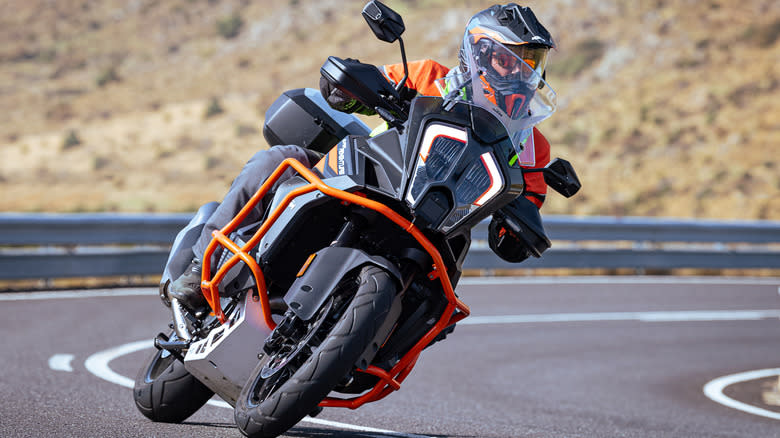
Whether you've got a cool beginner motorcycle for under $3,500 or a fully kitted 2023 Ducati Panigale V4 with all the electronic safety aids, dropping your motorcycle is still a possibility, and it sucks. And since bikes aren't wrapped in crash-absorbing metal like cars, one low-speed spill can bend your levers, gouge your fairings, or worse, crack your engine case. That's why riders go looking for extra armor, and the debate usually lands on two options: crash guards or frame sliders. They sound like the same thing, but each serves a different purpose depending on your riding style, your motorcycle, and how much protection you're after.
Both promise to soften the blow if your ride hits the deck, but they work in very different ways. And while both can save you a lot of money in damage, they can also cause problems if used incorrectly. So, before bolting on the first thing that shows up on Amazon, here's a breakdown of what these parts actually do, and which one might be the right call for your machine.
Read more: These Are Your Worst Experiences With A Recall
Crash Guards Are Armor For The Worst-Case Scenario
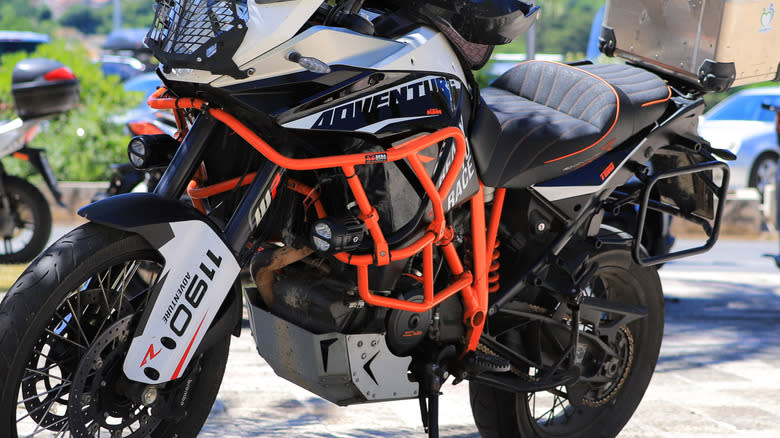
Also known as crash bars, or engine guards, crash guards are exactly what they sound like. These are solid metal tubings made usually of steel or aluminum, and bolt onto a motorcycle's lower frame. They extend outward to keep the bike's weight off sensitive components in a crash, absorbing the energy of the impact. If you're riding an adventure bike, touring rig, or anything that's likely to see off-road drops or low-speed spills, crash bars are your best friend. Think of them as a protective exoskeleton for your motorcycle.
They're not subtle, though. They're usually unsightly, and adding more metal to your bike is surely not going to help if lightweight and aerodynamics are what you're chasing. And while they're great in a slow fall in the dirt, they won't do much to protect the forks, rims, handlebars, and levers, among other things that can't possibly be covered with a steel cage. They are, however, rugged. In a tip-over, they can protect engine cases, fuel tanks, and radiators. Dual-sport riders and ADV folks (Adventure motorcycle riders) swear by them, because low-speed crashes are part of the game, and aesthetic appeal isn't an ADV's forte.
You also have to make sure they're engineered well and specifically for your make and model. Cheaper alternatives may be made out of mild steel that may bend and deform easily. You surely wouldn't want a protective element bending the main frame, snapping mounting points, or worse still, breaking mid-crash, digging into the road surface, and acting as an anchor to fling the motorcycle and you, straight to the ER.
Frame Sliders Are Low-Key Lifesavers
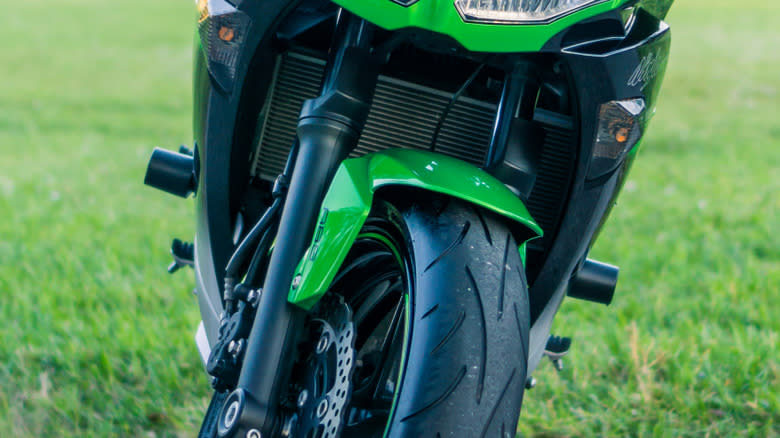
If you're starting out fresh on your two-wheel journey, a good set of motorcycle gear is essential. Frame sliders are the equivalent of that for your motorcycle. Also referred to as crash bobbins, they are the stealthier crash defense system for your ride. They're smaller pucks that are direct or bracket-mounted to the bike's frame or engine mounts, and are usually made from high-impact plastics like Delrin. In a slide, they're designed to take the brunt of the abrasion and prevent bodywork or key components from scraping the ground instead of gripping or digging into the surface and ... you guessed it, flipping you straight to the ER. If you've got a sportbike or naked bike, this is probably what you should be looking at.
Sliders protrude just far out enough to keep most of the bodywork and crucial components from scraping the road surface in the event of a crash. Good sliders can save your fairings, clutch covers, levers, and forks, among other components. Compared to bulky crash guards, they're lightweight, easy to install, and the no-cut type options won't need any modifications to the bodywork either.
Also, their length matters. Longer sliders offer a greater distance from the road surface to bodywork, and on longer slides, there's more material to sacrifice. But too long and they can act like levers, bending the frame. Shorter sliders are less likely to do so as they don't have the leverage to bend or snap mounts, but too short and they won't protect anything.
Want more like this? Join the Jalopnik newsletter to get the latest auto news sent straight to your inbox...
Read the original article on Jalopnik.

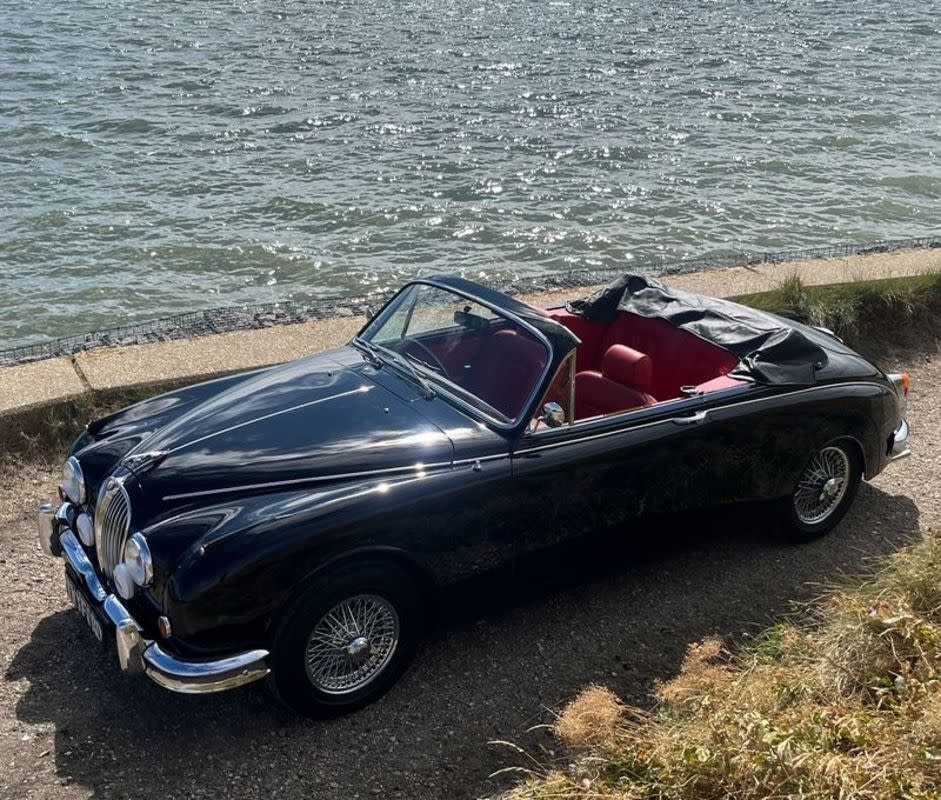
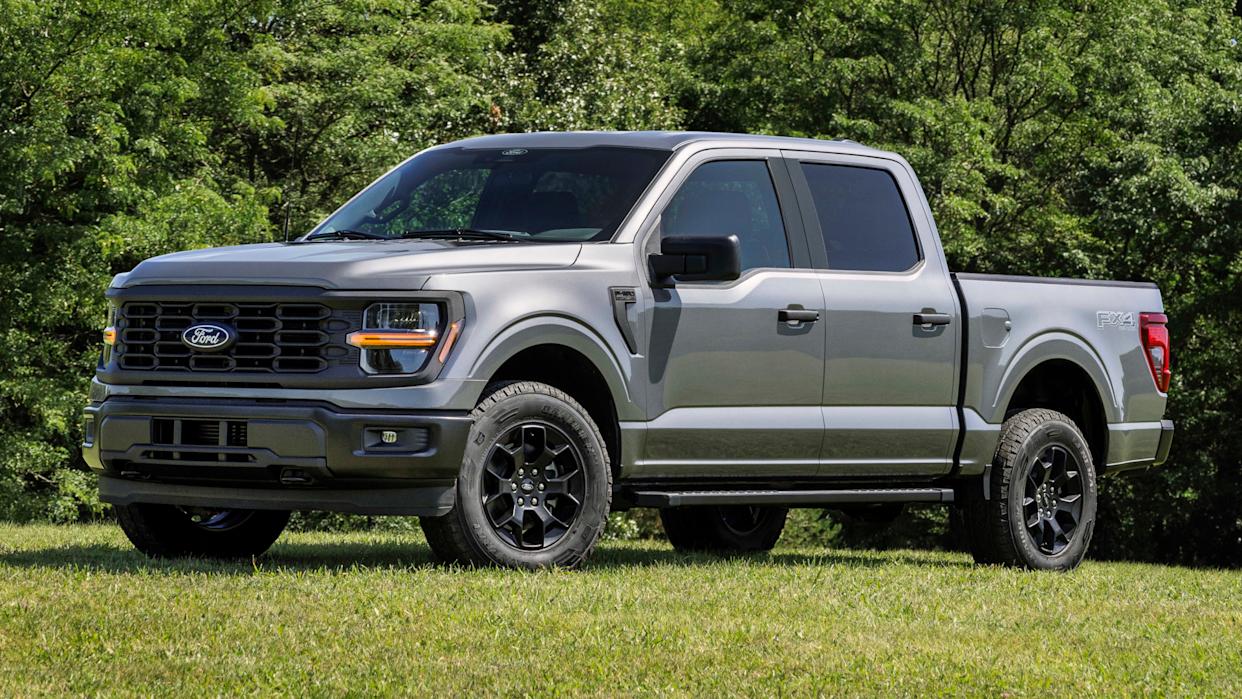

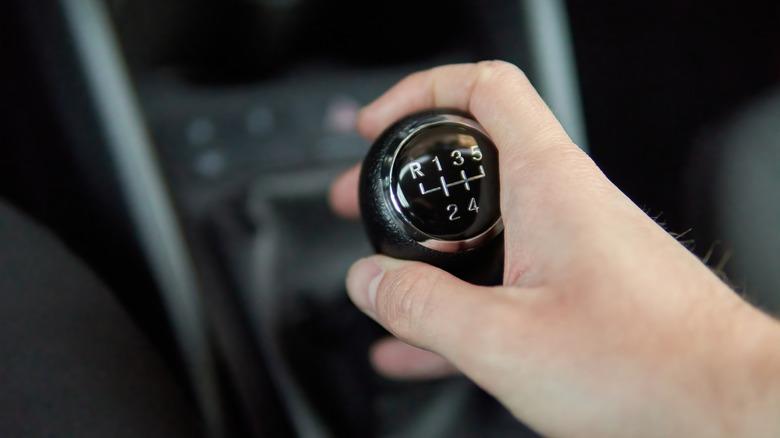


Comments